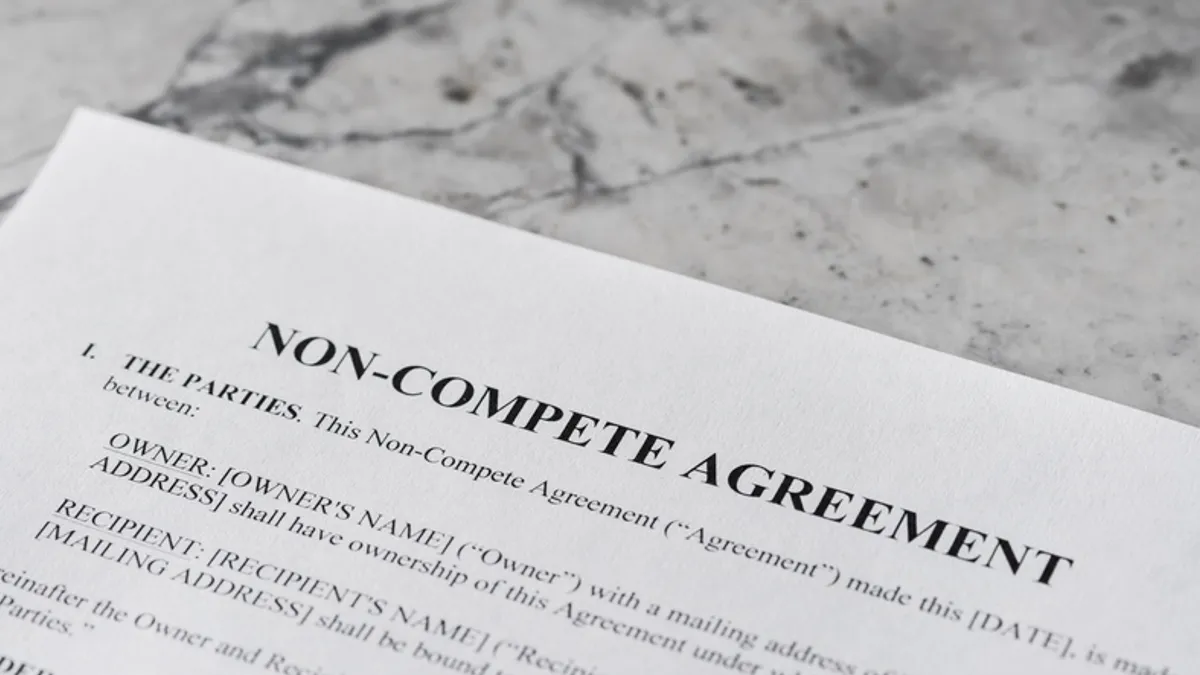Sedina L. Banks is a partner in the environmental group and Ira M. Steinberg is a partner in the litigation group at Greenberg Glusker. Views are the authors’ own.
It’s 2 p.m. You check your company’s mail. You see a letter from a law firm from California you’ve never heard of. Inside is a demand letter. Your heart rate quickens. The plaintiff claims your company’s website is engaged in illegal wiretapping, and they are demanding $500,000 to settle the claim before they begin filing arbitrations.

This scenario is real for thousands of companies every year that are targeted by plaintiff’s lawyers for individual and class consumer claims. However, there are ways to reduce the risk of being targeted for a consumer claim and improve your chances of successfully defending them.
Here are some practical tips for mitigating risk from consumer claims.
Know the sources
Most consumer claims arise from a company’s website, marketing and advertising, or products and packaging. Websites, for example, can give rise to claims based on ADA accessibility and data privacy. The risks for marketing and advertising include consent for text and email marketing, false or misleading advertising claims, and greenwashing claims. Products and packaging can trigger claims pursuant to California’s Proposition 65 toxic chemical law and based on misleading package design, such as so-called “slack-fill” claims (i.e., the amount of product is misleading based on the size of the packaging).
Companies are targets
Every company is a potential target — no matter the size. Consumer claims plaintiff’s attorneys do not discriminate among their targets. Everything from Mom and pop businesses to Fortune 500 businesses have been targeted by consumer claims.
Have a compliance plan
Assessing and understanding your company’s vulnerabilities is the first step to mitigating liability. For example, hospitality groups and restaurants are particularly vulnerable to ADA claims, while producers and sellers of consumer packaged goods face a higher risk of toxic chemical or misleading packaging claims.

Once a company understands its vulnerabilities, it should review its practices to ensure compliance with the law and make adjustments. Some examples of good compliance practices:
- Websites. Use an accessibility tool or consult with a web designer to ensure that the website is compliant with the web content accessibility guidelines — the industry standard published by the Web Accessibility Initiative of the World Wide Web Consortium.
- Email and text marketing. Ensure that consent is obtained and documented in accordance with the Telephone Consumer Protection Act (TCPA) and similar state laws.
- California Proposition 65. Understand whether any of the approximately 1,000 Proposition 65 chemicals are present in your products or packaging.
- Green claims. Review any green marketing statements to ensure that they are factually supported and legally compliant.
- False advertising. Review statements on packaging to ensure all statements of fact are verifiable.
Compliance audits
Compliance isn’t static. Laws change, plaintiff’s tactics change, product formulations change and business practices change. Practices that may have previously been compliant may no longer be valid. Companies should periodically assess their compliance plans and especially after any material change to their products, packaging or website.
Consumer claim
Even companies with a robust compliance plan can be the target of a consumer claim. Compliant companies are routinely the target of consumer claims because compliance is no guarantee that your company will not be hit with a frivolous claim. If you receive notice of a consumer claim, here are things to keep in mind:
- Don’t panic. A blustery demand letter does not mean your company is liable.
- Seek advice of counsel. Many consumer claims have a formal deadline to respond or you risk losing rights. Any response strategy should be considered with the advice of counsel.
- Conduct an audit and remediation plan. You want to do this in conjunction with counsel to keep it privileged to the extent possible.
Reducing your company’s risk from consumer claims boils down to a few manageable steps. First, assess the major areas of risk for your business, whether it is your website, packaging or advertising, and make a compliance plan for them. Second, conduct regular audits to stay compliant. Finally, have a plan for responding quickly to any consumer claims you do receive.
Following these steps will reduce your risk of being targeted for a consumer claim, and make the process of defending against consumer claims simpler and more efficient.










